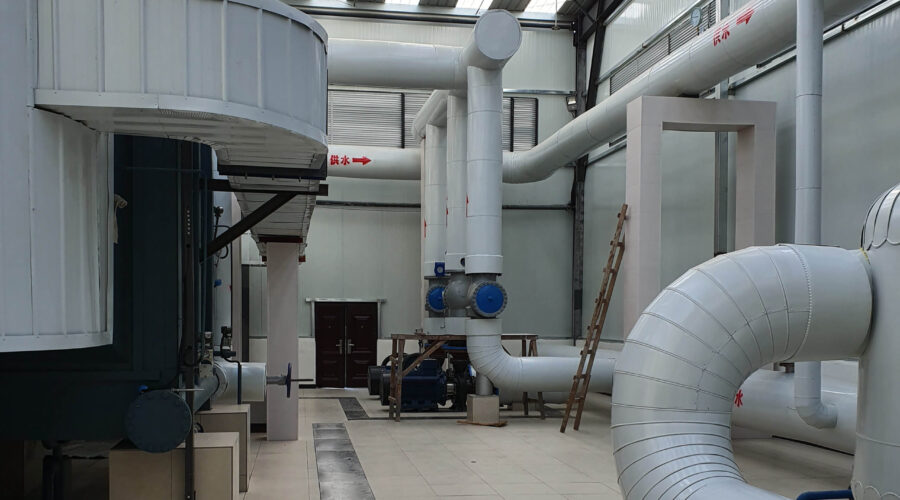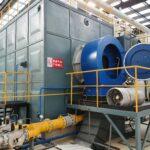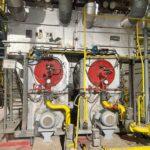Why bet on district heating?: Use of low carbon energy sources
In 2021, district heating production increased by around 3% compared to the previous year and covered around 8% of global final heating demand in buildings and industry, according to the International Energy Agency (IEA), which ensures that district heating networks offer great potential to efficiently, cost-effectively and flexibly integrate a mix of low-carbon energy sources for use in heating on a large scale.
Reinva, which has launched this technology in northern and eastern European countries and China, points out that together with energy independence and the growing contribution of sustainable fuels, heating networks represent a commitment to decarbonization and greater performance of this type of heating.
In fact, according to the agency, the decarbonisation potential of district heating is untapped, since the supply to the urban heat networks is still largely based (around 90% of total production) on fossil fuels at a global level, especially in the two largest markets: China and Russia, followed by the Baltic countries and Eastern Europe.
For this reason and to align with the Net Zero Emissions Scenario for 2050, very significant efforts are required to rapidly improve the energy efficiency of existing urban heating networks, as indicated by IDAE. This could be accomplished by switching to renewable heat sources (thermal solar energy, bioenergy, heat pumps, geothermal energy…), as well as with the development of high-efficiency infrastructures in areas with high heat demand and with the integration of heat sources. high schools. Among the latter, we can mention waste heat from industrial facilities and data centers.

CO2 emissions
The IEA report indicates that in 2021, and due to growing demand, CO2 emissions from production by district heat networks represented around 3.5% of global CO2 emissions, with an increase of 3.5 % compared to 2020 and 15% compared to 2010. Therefore, alignment with the Net Zero Scenario requires reducing CO2 emissions from heating production by at least 20% by 2030, compared to 2021.
This last year under review, the amount of heat produced for heat networks worldwide was almost 16 EJ, about 10% more than a decade earlier. And yet, district heating supply still only accounts for around 8% of total final heat consumption globally.
Nearly 90% of global district heating networks was produced from fossil fuels in 2021, predominantly coal (over 45%), especially in China; natural gas (around 40%), in particular in Russia; and oil (€3.5). In this context, renewable energies accounted for less than 8% of the global supply of district heating.
On the other hand, while bioenergy and municipal waste account for the vast majority of renewable district grid supply, large-scale solar thermal systems and heat pumps are experiencing increasing interest. Thus, we see that by the end of 2021, almost 300 solar district heating systems were in operation worldwide.
Europe currently leads the integration of renewable energies in these urban district networks, with around 25% of renewable sources for the supply to its heat networks. Among the countries with the highest rates of integration of renewable energy are Sweden, Denmark, Austria, Estonia, Lithuania, Latvia and Iceland, a country in which more than 50% of district heating is powered by this type of sustainable energy.
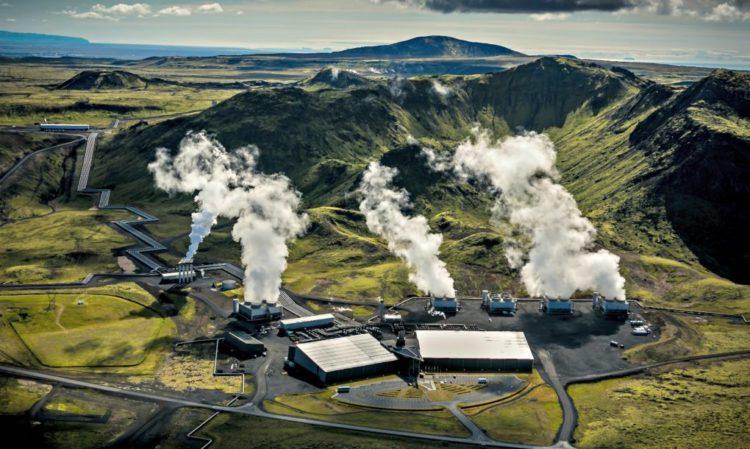
Thus, in the expected Net Zero Scenario, urban district networks continues to supply a similar part of global final heat consumption, although the improvements achieved in energy efficiency in district heating networks and in building envelopes will allow a decrease in total district heating supply by around 20% by 2030 compared to 2021. At the same time, in this period renewable energy used in heat networks will almost double from current levels, accounting for almost one fifth of district heating supplies.
Stable share of district heating
Many buildings and industrial sites rely on district heating, from large heat networks in Beijing, Seoul, Milan and Stockholm to smaller networks such as university and medical campuses.
Around 40% of the heat generated globally in district heating plants is consumed by buildings. And yet, globally, district heating provides a relatively small part of the heat used in these, with 11% of final consumption, a share that has remained constant since 2000, even if one takes into account that the built area has increased by 65% over the same period. Although this global average share is low, district heating systems cover a large part of the heat supplied to buildings in some European countries, such as Denmark (around 65%) and Sweden (over 45%), as well as in Russia ( around 40%) and China (more than 15%).
For its part, around 40% of the heat generated globally in urban district networks plants goes to the industrial sector, according to IEA. In this area, China leads industrial district heat use, accounting for 55% of the global total in 2021, up from 35% in 2010. By contrast, Russia’s share fell to less than 25%, up from more 35% in 2010.
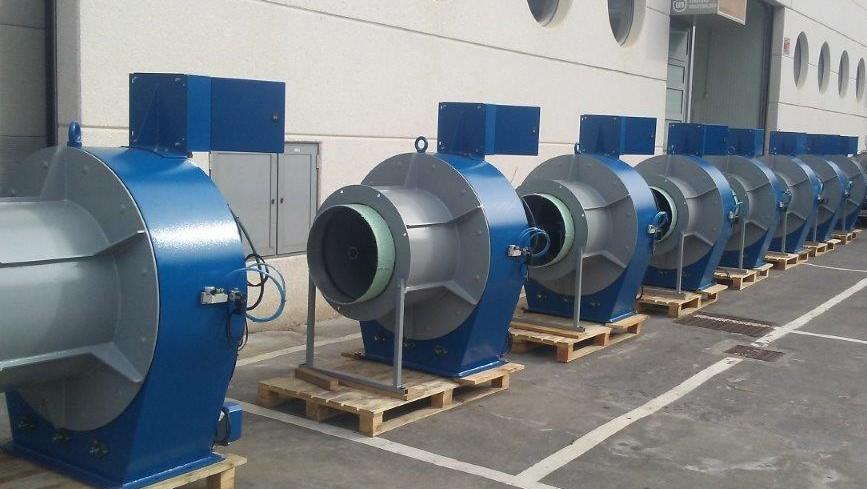
Solar thermal district heating
Urban district networks is in the process of expanding, with the announcement of new projects in 2021 and 2022, including some with low-emission power sources based on solar thermal energy.
As an example, 44 new large-scale solar heating systems were built in 2021, with a total capacity of 142 MWth. Overall, Denmark is home to the largest solar thermal district heating capacity, although in 2021, the largest development of solar thermal urban district networks occurred in China, which reached three quarters of the market in that period.
Geothermal heating
Within the European framework, 13 new geothermal heating and cooling plants connected to urban district networks were announced in 2021. In this way, the Danish city of Aarhus announced at the beginning of 2022 the development of the largest geothermal district heating installation in Europe, which will be partially operational in 2025.
For its part, the United States has announced a district heating and cooling project consisting of 200 geothermal wells. And in Iceland, a local heating company commissioned new geothermal district heating in Höfn, to replace the existing electric heating.
Waste heat recovering
Projects that integrate heat sources obtained through the recovery of residual heat from facilities, considered secondary sources, are also increasing. Among these is that of an energy company in Vienna, Austria, which in 2022 launched a heat recycling project that aims to harness hot water (30°C) from local thermal baths with the use of a heat pump.
Also in Austria, a district heating system exports waste heat from Interxion’s data center to the neighboring Floridsdorf hospital in Vienna, with funding from the federal government. Meanwhile, in Ireland, construction began in 2021 on the country’s first large-scale district heating network. This Tallaght district heating scheme uses waste heat from a local data center to heat different public, residential and commercial buildings in the city centre.
Reinva’s experience in Heat Networks
Reinva supplies and commissions combustion equipment for urban district networks designed by the Basque manufacturer E&M Combustión. The company has launched this technology in northern European countries, as well as eastern Europe and China. For Reinva, together with energy independence and the growing contribution of sustainable fuels, they represent a commitment to decarbonization and also present a greater performance of this type of district heating.




